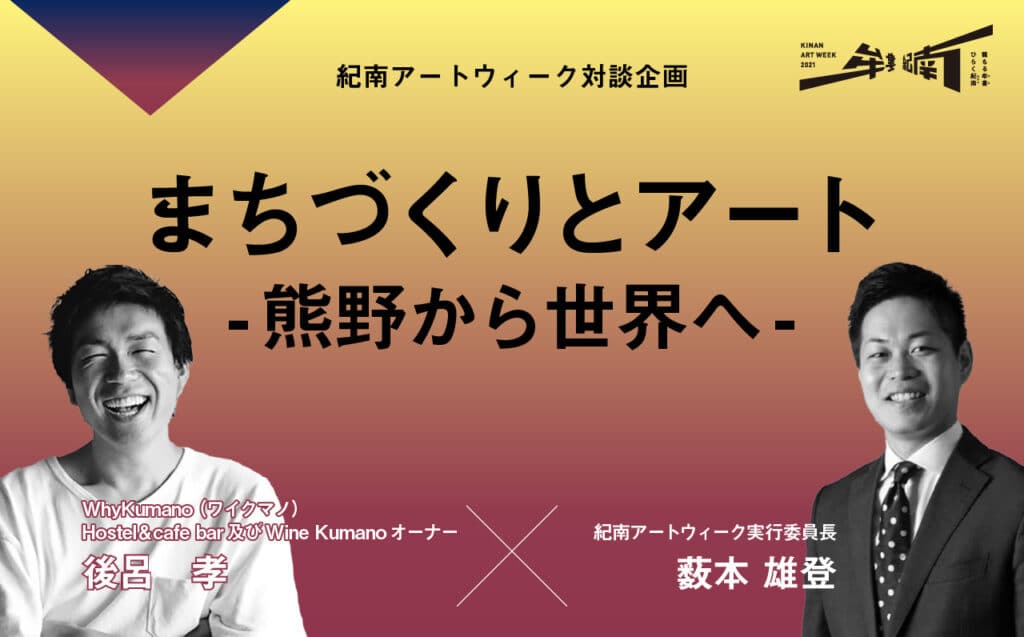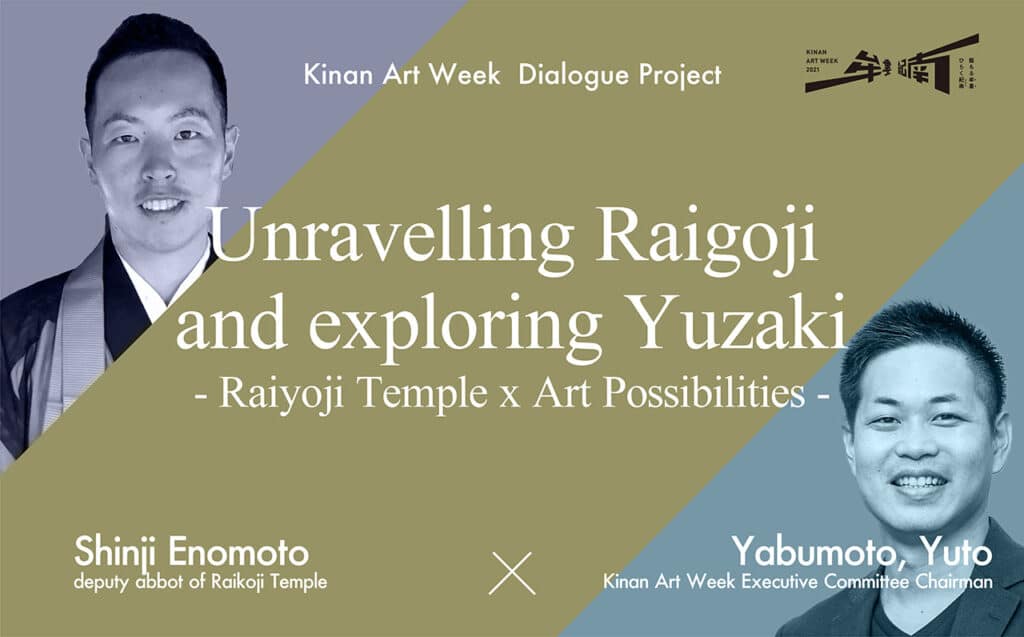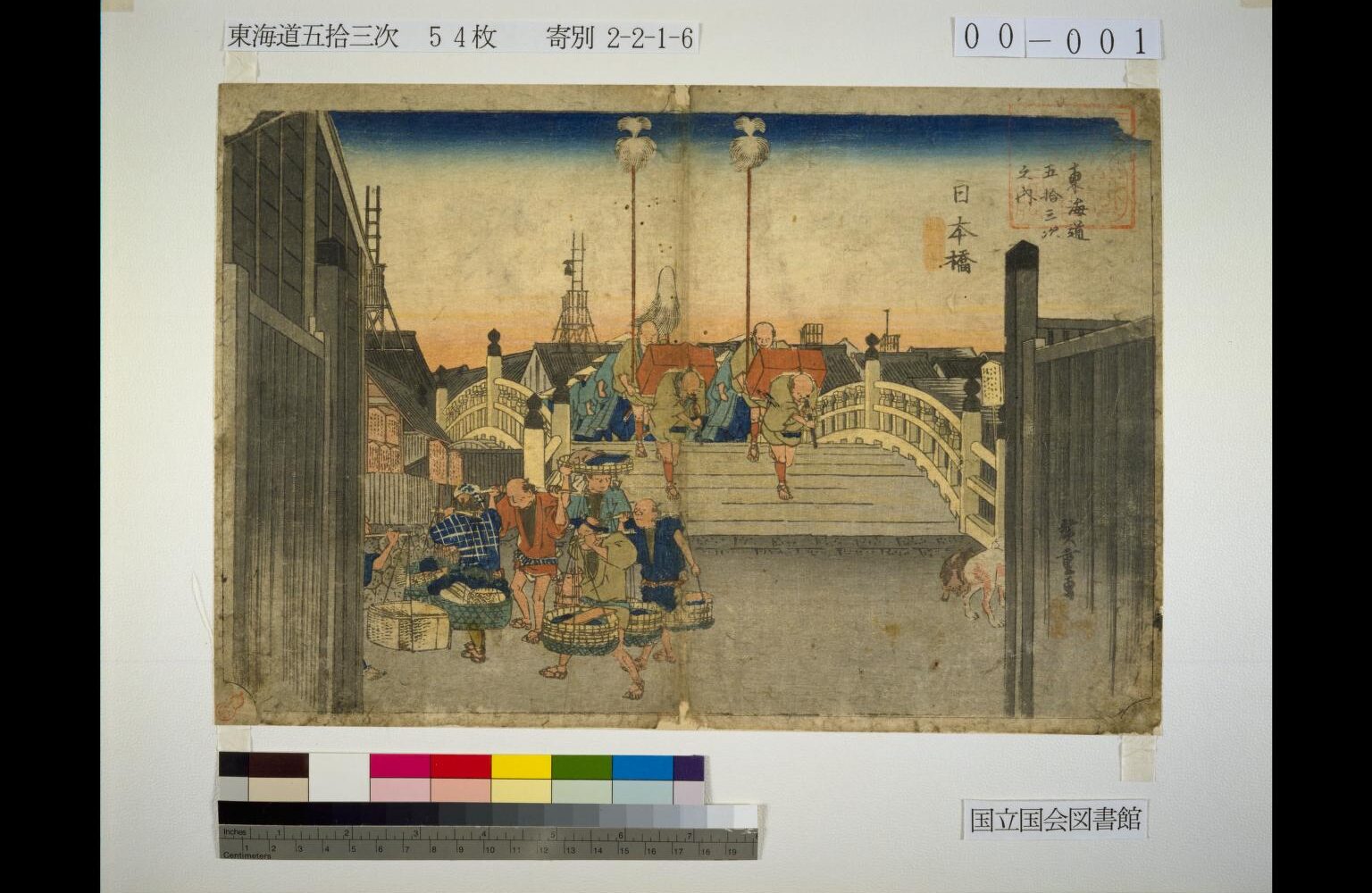
Dialogue Project #27 The value of local materials and the future of Kinan
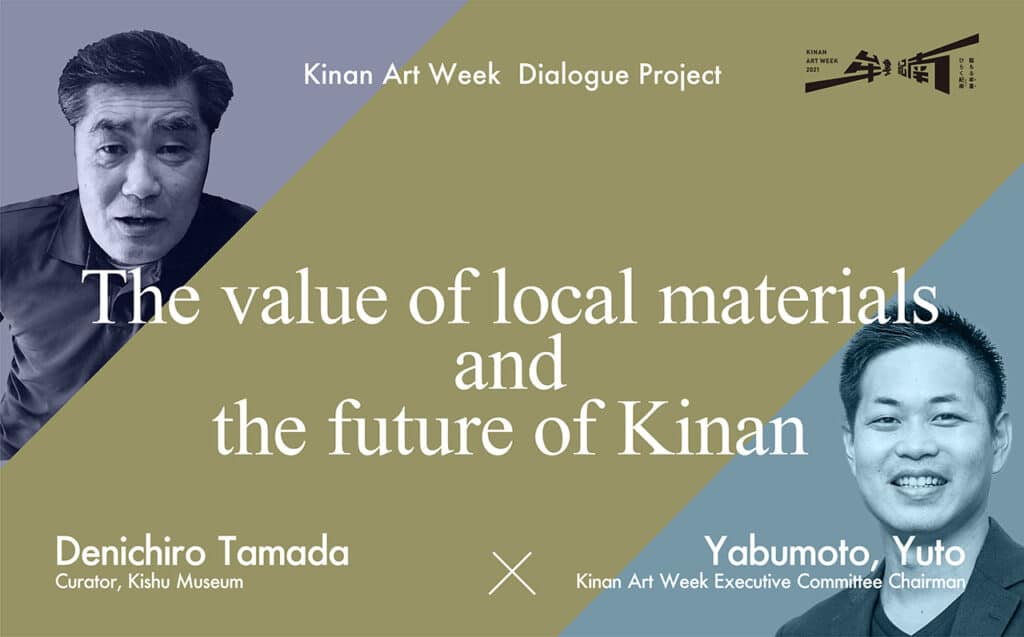
◆Kinan Art Week Dialogue Project #26
〈Guest〉
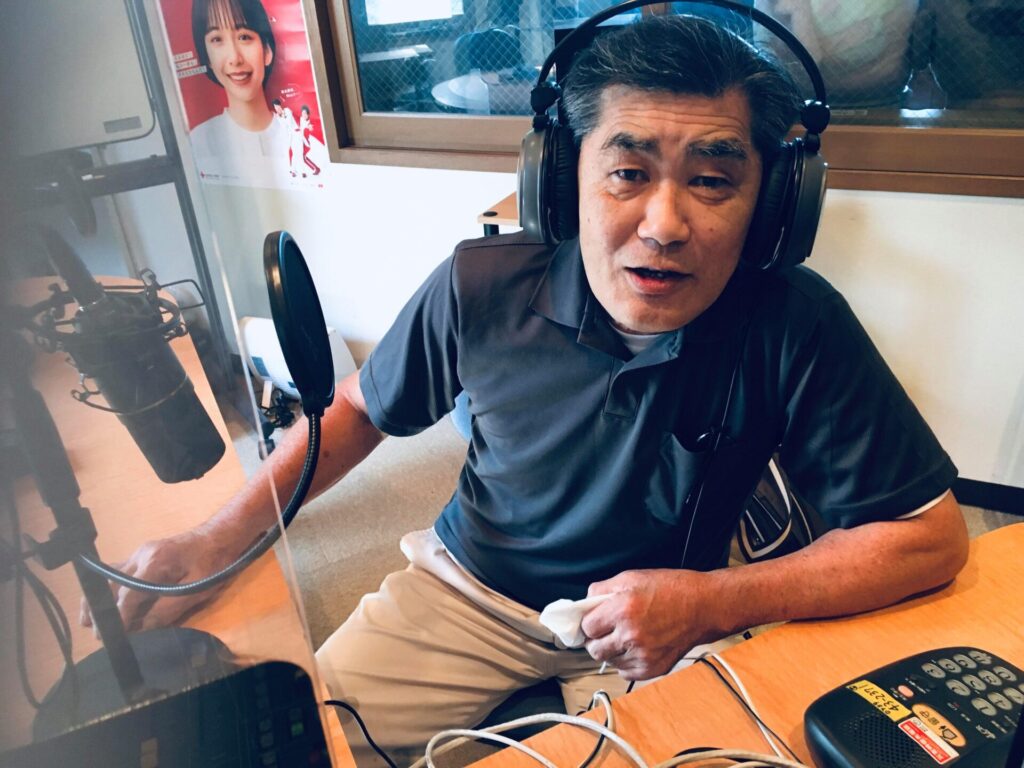
Curator, Kishu Museum
Mr. Denichiro Tamada
Mr. Tamada is a curator who collects local materials from the Kinan area and conveys the culture and history of Kinan to the local people. He also produces films and picture-story shows based on the materials he has collected so that children can become familiar with them (some of the films can be viewed on his YouTube channel). He feels that his future task is to “pass on the importance of local materials to the future”.
〈Interviewer〉
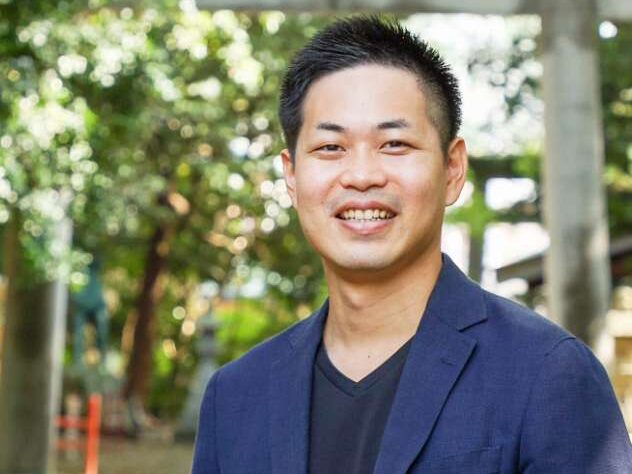
Yuto Yabumoto
Kinan Art Week Executive Committee Chair
<Editing>
Kinan Editorial Department by TETAU
https://good.tetau.jp/
The value of local materials and the future of Kinan
Table of Contents
1. Introduction of Mr. Tamada
2. Recording of local materials
3. Necessary for the promotion of Kinan’s culture
4. What is the function of the museum?
5. Aiming to maintain the Kinan region
1. Introduction of Mr. Tamada
Yabumoto:
Thank you very much for your time.
Today we would like to ask Mr. Tamada about his life, the value of his local materials and his thoughts on the promotion of Kinan’s culture.
First of all, Mr.Tamada-, please introduce yourself.
Mr Tamada:
My name is Denichiro Tamada. I was born in Oto-mura village. When I was in the fourth year of primary school, I moved to Tanabe City and now I live in Kamitonda Town. I went on to study at the University of Arts, but then I developed type 1 diabetes and had to take insulin injections all the time. At first I had to inject three times a day, but with the progress of medicine, an “insulin pump*” was developed. I still wear that pump 24 hours a day.
After graduating from university, I still felt the need to return to the countryside, so I worked for Yamacho Shoten* in Tanabe City. At that time, the mountain forestry industry was at its best, and I was working in the mountains surveying logs.
※Reference Yamacho Shoten Co., Ltd.
At the age of 30, I started to ask myself, “What is the purpose of my life?” and started to think about it. I knew that my mission was to promote culture through the arts, and it wasn’t until I was 35 that I really started to do this. When I was 35 years old when I saw a newspaper advertisement for a position at the Kishu Museum* and applied for it. The Kishu Museum is now closed, but it once housed 1,300 items donated by private individuals, including ceramics and ukiyo-e prints.
※Reference Kishu Museum※Closed (Nanki Shirahama Tourist Association)
※Reference Kishu Museum (30 0famous hot springs, hidden hot springs, and stopovers)
Mr Tamada:
While I continued to work as a curator at the museum, I started to help people who were digitising local materials of Shirahama town. I also started to think that I would like to transmit good information about Shirahama, so I started to work to preserve the local materials.
2. Recording of local materials
Yabumoto:
While you were working at the museum and recording local materials, what kind of materials were specifically recorded?
Mr Tamada:
We started by making captions*1 for the works in the museum. I had previously made a 25-minute film as a caption for “The Five-three Stations of the Tokaido”* painted by Hiroshige Utagawa*. I have also started to explain other ukiyo-e works in the museum’s collection, such as Hokusai Katsushika*, Utamaro Kitagawa* and Sharaku Toshusai*, using pictures and videos rather than text.
※1 A brief description of a photograph or illustration in a printed publication, separate from the text.
※Reference: Hiroshige Utagawa, “The Five-three Stations of the Tokaido” (Cultural Heritage Online)
※Reference:About Utagawa(Kotobank)
※Reference:About Hokusai Katsushika(Kotobank)?
※Reference:About Utamaro Kitagawa (Kotobank)
※Reference: About Sharaku Toshusai (Kotobank)
Mr Tamada:
We also left behind a record* of the tourist events that took place in Shirahama. In addition to visiting the site and taking photographs and videos of the events, we were also researching the evolution of tourism events in Shirahama. Until now, we could understand the content of the events from the literature, but we didn’t know the process of how they changed afterwards. So I thought that if I could record the process, it would be useful for future people, so I did.
*Reference: Wakayama Prefecture “Nanki-Shirahama Onsen Festival Record” [Shirarahama, Kinan] (Denichirou Tamada,YouTube)
*Reference: “Shirahama Odori in 2015” (Nanki Shirahama Onsen)(Denichirou Tamada,YouTube)
I believe that by documenting tourism events, we can learn about the “local history” of the region and how it came to be. In order to tell this history, I have produced many films and picture-story shows.
Yabumoto:
You also have your own YouTube channel* where you show your videos.
※Reference: Denichirou Tamada(YouTube)
Mr Tamada:
Like the Shirahama tourism event I mentioned earlier, I record all the events I organise or am involved in on video. I believe that “leaving data is the basis of documentation”, and I have saved a lot of data that is not available on YouTube.
One of my most popular films is “Minakata Kumagusu Monogatari*”. This film was also produced in English*, and we asked an English teacher to check the English subtitles and pronunciation. We also asked three part-time female museum staff to do the post recording. I was the voice of Kumagusu, and it seems that my voice evokes the image of Kumagusu . I was told, “Isn’t this what Kumagusu would have sounded like if he spoke English?” (laughs). I was very surprised to hear that.
※Reference: The Story of Kumagusu Minakata (Denichirou Tamada,YouTube)
※Reference: The Story of Kumagusu Minakata in English (Denichirou Tamada,YouTube)
3. Necessary for the promotion of Kinan’s culture
Yabumoto:
In terms of cultural promotion, what do you think Kinan needs?
Mr Tamada:
I believe that there is a need for a leader who can promote culture in the community, but I also think that the government should take the lead in organizing and using local materials. However, the government cannot even organize the local materials without instructions from the prefecture or the municipality. In other words, the staff working in the field of art galleries and museums do not have the right to make decisions, and they may neglect the handling of local materials.
However, in my case, I have been able to produce a variety of local materials because I have had some freedom of movement. I am very grateful that I had an environment that allowed me to work freely.
Yabumoto:
In the case of the government, I think it can take up to a year just to secure the budget to organize the local materials. That would be a hindrance to the promotion of culture, wouldn’t it?
Mr Tamada:
At present, we are opening our valuable materials to the public*, but I’m worried that if we cannot pass on our local materials to the future, the ancient culture of the Kinan region will disappear from people’s memories.
※Reference: Tamada Collection (Wakayama Prefectural Archives, Wakayama Prefectural Archives)
※Reference: Inishie no Machinami (Tanabe city Shotengai Shinko Kumiai Rengo)
In particular, we keep important local materials in a digital archive*. However, organising the materials is not only time-consuming, but also requires a lot of staff to do the work. One of my regrets is that I have not been able to train people to organise the local materials and pass them on to the future.
※Reference: What is a Digital Archive (Japan Digital Archivist Certification Organization)
Yabumoto:.
Speaking of cultural promotion, the “Shirahama Folk Hot Spring Museum*” also plays a very important role.
※Reference Shirahama Folk Hot Spring Museum (Shirahama Town Website)
Mr Tamada:
In the future, we hope to carry out various projects from the Shirahama Folk Hot Spring Museum. However, as I live in Kamitonda, I can’t say anything too big (laughs).
Yabumoto:
In that sense, I am from Shirahama Town, so it might be easier for me to work there. From the point of view of cultural promotion, the local materials that Mr Tamada has collected so far are really valuable, and I think they should definitely be preserved for the future.
4. What is the function of the museum?
Yabumoto:
Mr. Tamada, what function do you think the museum plays?
Mr Tamada:
It is only my image, but I believe that a museum is not only a place to see art works. Many of the visitors to the Kishu Museum told me that they enjoyed looking at the local materials that I’ve collected. There were times when visitors told us stories about the past while looking at the materials. In the past, we made a “Nanki-Shirahama retro photo book” which shows the history of Shirahama Onsen Town*, and when we made it, we used the stories about Shirahama’s history that we heard from visitors to the Kishu Museum as a reference.
Mr Tamada:
I always hope that through local materials people will not only learn about the history but also about the lives of the people at that time. In the future, our challenge will be “How do we convey information to people who are not so interested in local materials?” I think that the museum is also a tool to convey this information.
Yabumoto:
Actually, we, too, are hoping that this Kinan Art Week will give the local people a chance to have some contact with art. We think it might be difficult to get people interested in contemporary art if we suddenly introduce it to them. That’s why, through this exhibition, we want to show the local people what the artists who are active in the world are actually doing. I would be very happy if the local people could know about it.
In this sense, there is a sense in which the dialogue, which is carried out as a preliminary step, is more important than the exhibition. For this reason, we have deliberately not included the number of visitors to the exhibition venue in the KPIs (Key Performance Indicators)*2 we have set for this Kinan Art Week. I think that tourism-related measures are already well implemented by the government, tourism associations and local people.
※2 Abbreviation for Key Performance Indicator. It is the most important indicator used by governments, companies, organisations and individuals to check whether they are on track to achieve a certain goal.
About KPI(Kotobank)
However, I feel that if we push the “Kinan” or “Kumano” part of the exhibition too strongly, it will not be easily understood. We hope to use Kinan Art Week as a starting point to bring these aspects forward little by little.
Mr Tamada:
Whenever I photographed a tourism event in Shirahama, I never failed to interact with the local people. While doing research on the culture and history of Shirahama, I would hear from the locals throughout the event. Thanks to this steady exchange, many people became interested in my activity of “organising local materials and passing them on to the future”.
Yabumoto:
In this sense, you are truly an “independent curator*”. I was reminded of your efforts to make people aware of the importance of local materials, not only in the Kishu Museum but also widely within Kinan.
5. Aiming to maintain the Kinan region
Yabumoto:
For you, what is the appeal of Kinan as a region?
Mr Tamada:
I think the attraction is the “humanity” of the people who live in the area. For example, in Kamitonda, children go to school in groups, and when we stop in front of a pedestrian crossing and give way, the children always say thank you. This may be a normal thing for children in this area, but I think we should bequeath this kind of culture and custom to the future.
Also, from the point of view of “sustaining the region of Kinan”, I think it would be better if not too many tourists came. If I say this, I might get scolded (laughs).
Yabumoto:
I agree with that view. Some people think that tourism is an export industry, but I keep wondering if that is really true. I feel that we need to look for a different way of sustainability, rather than pushing tourism to the fore and attracting people from outside.
Mr Tamada:
At present, I think that the only people who benefit from tourists are those who are engaged in some kind of business. The people who work in agriculture and forestry on the Kumano Kodo have not benefited from the tourists. I believe that the lifestyle of “farming full-time and forestry in parallel” is the original point of Kumano Kodo tourism. However, I feel that the original Japanese way of life is being destroyed as people visit the area as a tourist attraction.
Yabumoto:
It is important to keep the region as it is, and I believe that the only way to do this is to export. I feel that there are things worth exporting that are lying dormant in the region of Kinan. If even just 1% of the players in Kinan can export globally, and if that money can be returned to the region, then I think it is possible to sustain the region. “Exporting” is also the aim of this project, and I hope to put my hypothesis into practice at Kinan Art Week.
Mr Tamada:
That sounds great! I’ll second that!
Yabumoto:
Thank you!
Lastly, please give us a parting message.
Mr Tamada:
I hope that in the future, in order to maintain Kinan as a region, we can introduce Kinan in the way that Mr. Yabumoto aims to “export”. I also think it is important to nurture people in the region who have values like Mr. Yabumoto’s, which is also my own challenge. I also want to raise children to love their hometown in education, so I would like to produce more local materials that children can easily relate to.
Yabumoto:
I think it’s a really great activity. I have learned a lot today. Thank you very much.
Mr Tamada:
Thank you very much.

